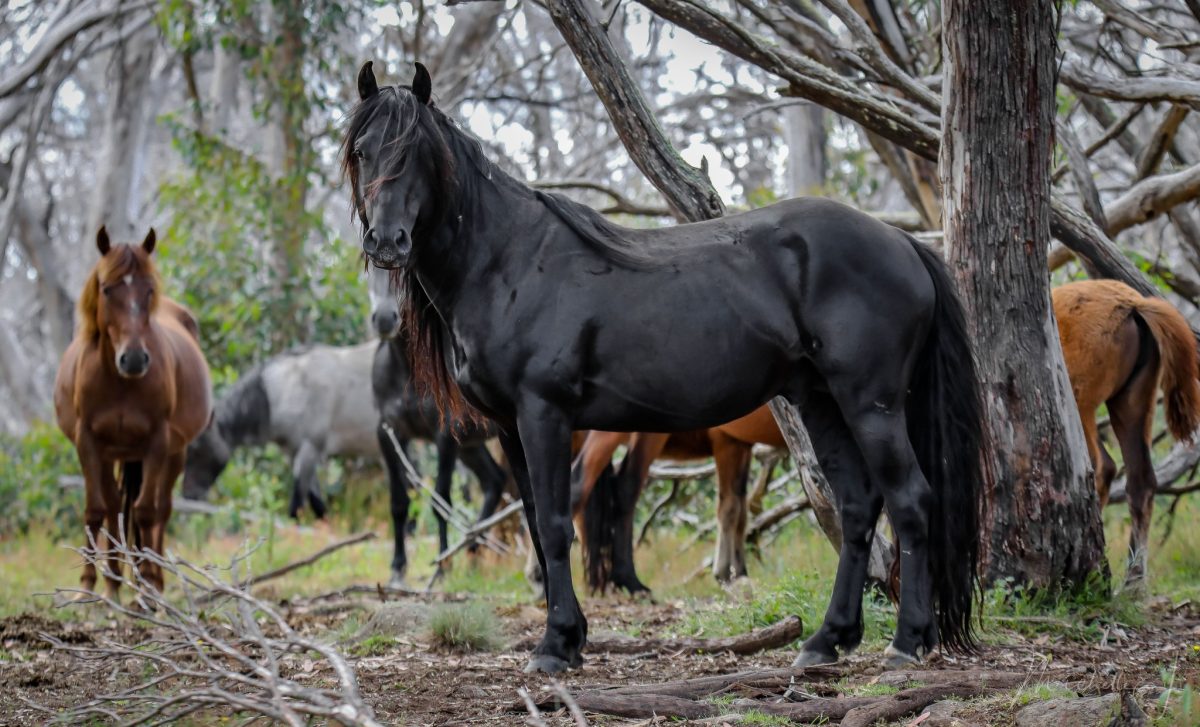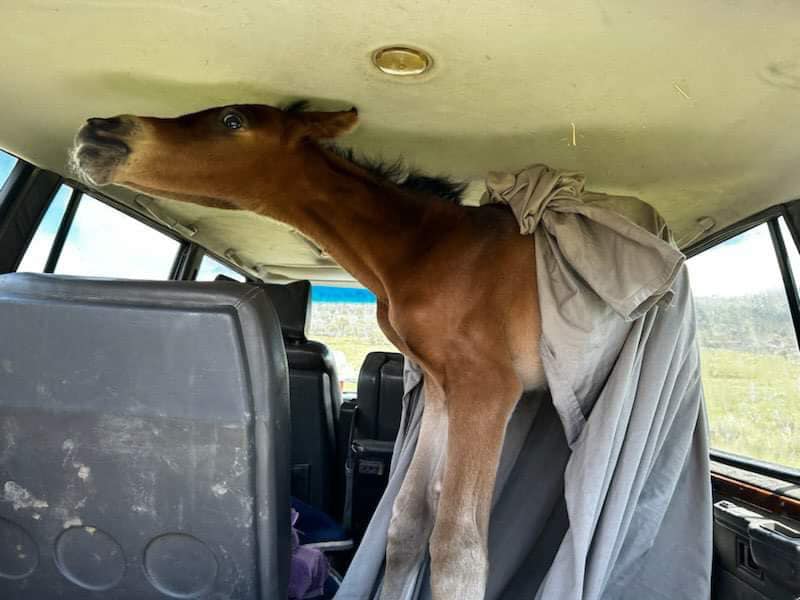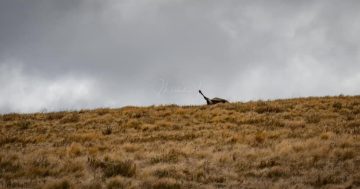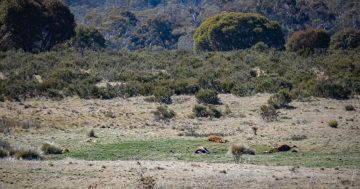
State-of-the art technology that allows Australian farmers to view pests and crop stress from above, will be deployed to provide an independent count of the wild horses in Kosciuszko National Park. Image: Snowy Brumby Adventures with Michelle and Ian.
Brumby supporters are in the throes of calling for crowdfunding support to finance a new, highly sophisticated independent count of wild horse populations in Kosciuszko National Park (KNP).
As the NSW Government stands poised to commence aerial shooting of the horses, independent biostatistician Clare Galea has thrown her weight behind leading edge technology as an alternative measure of the numbers of horses in the park.
Using high-definition airborne cameras, she says high resolution imagery of open terrain in KNP combined with machine learning computer analytics and the latest artificial intelligence (AI) software should mean every horse in the surveyed area is accounted for.
When results are peer reviewed, the raw data will be made available to relevant parties to be cross-checked for integrity.
Developed by South Australian remote sensing and data analytics company, Airborne Logic, the technology has already been widely adopted for high quality analysis of crops, vegetation, assets and surface topography to provide actionable advice to farmers, government agencies and private companies.
Ms Galea says these advanced techniques would achieve far higher accuracy and open accountability in KNP.
The survey area will be limited to open terrain in the ‘Northern Block’ where most of the horses reside.
“The open terrain will provide clearer imagery and a very high level of accuracy when counting with software,” Ms Galea said.
Wild horse population surveys are prepared by Dr Stuart Cairns of the University of New England’s School of Environmental and Rural Science on behalf of NPWS using a method known as distance sampling.
These were undertaken in 2014, 2019, 2020, 2022 and October 2023 – the last of which estimated KNP’s wild horse population as between 12,934 and 22,536 horses, with a best estimate of 17,432 remaining.
This number has been widely disputed by locals and brumby advocates who have suggested the population now sits in the low thousands.

Efforts to rescue orphaned brumby foals continued over the Christmas period. Image: Snowy Brumby Adventures with Michelle and Ian.
Ms Galea says her primary goal is not to prove the current methodology inaccurate but to get the government to adopt more accurate and accountable methods of counting animals.
“This is not only for wild horses – as technology improves the same methods can be used on smaller species such as kangaroos, koalas, wild pigs and wild deer.”
She says the benefits of using advanced image recognition, machine learning and computer science for identification of animals is well documented.
“AI techniques which use imagery to accurately identify animals are rapidly advancing, helping scientists and data analytics companies to improve the overall success of animal identification,” she said.
“We will accurately count the overall number and the density of horses to provide imagery that can be independently assessed.”
She’s confident the density will be significantly lower than NPWS states, which she says will demonstrate the need for the government to cease relying on the current counting methods.
“There has been much commentary and dispute on actual wild horse numbers in the park, and this proposal aims to make real ground on the issue,” she said.
“To ensure the NPWS do not cull to a number less than this, accurate counting methods must be adopted,” Ms Galea said.
Around two thirds of the $75,000 cost of commissioning the new count has been raised in the 10 days since the GoFundMe crowdfunding campaign was launched.
Crackenback local Rocky Harvey has teamed up with Ms Galea to organise the online fundraiser and he says donations continue to flow in.
“Obviously we can’t start a thing until the funds – which are going straight into a trust – are secured,” he explained, “but we’re hoping to reach our target in the next week and then lock down time frames.
“We would certainly like to think the imagery flights are run in mid January followed on by data analysis,” he said.















